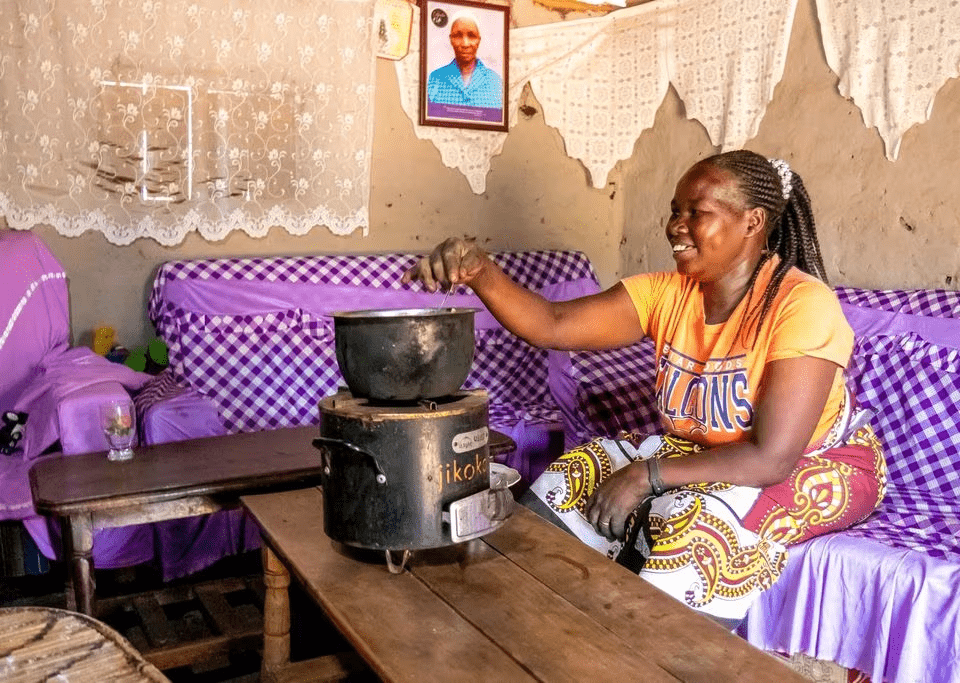In Short : The phrase “Can clean cookstoves ride out the carbon markets storm?” suggests a question about the resilience of clean cookstoves in the face of challenges within the carbon markets. It implies an inquiry into whether these environmentally friendly cooking solutions can withstand or navigate through uncertainties and fluctuations in carbon trading mechanisms.
In Detail :
Estimated 3.2 million people died in 2020 from household air pollution, largely from cooking on open fires
2.3 billion live without access to safe methods of ‘clean’ cooking, with women and girls most affected
Clean cooking projects accounted for around 15% of all carbon credits issued May-November 2023
But one report claims clean cookstove projects overestimating carbon removal benefits by almost 1,000%
On back of criticism, falling price of credits affecting ability of developers to offers subsidised stoves
One of the world’s largest, but most overlooked, public health crises comes from an unlikely source: cooking.
The World Health Organization estimates that 3.2 million people died , opens new tabin 2020 from household air pollution, which is largely caused by cooking on open fires or stoves using kerosene, biomass or coal. Heart disease, strokes, lower respiratory infections, chronic obstructive pulmonary disease and lung cancer can all be caused by the pollutants released by these fuels.
Around one-third of the world’s population, or 2.3 billion people, live without access to safe methods of “clean” cooking, according to the International Energy Agency, opens new tab. Women and girls are disproportionately affected, since they tend to spend more time cooking and doing other household chores.
Many organisations are working to bring clean cookstoves to a greater number of people in sub-Saharan Africa, where 80% of the population continues to lack access. These clean cookstoves come in a variety of designs; some simply burn fuels like charcoal or wood more efficiently, while others use less polluting fuels, including liquified petroleum gas.
A key factor in financing the rollout of clean cookstoves is the voluntary carbon market. People cut down trees to collect biomass, then release further emissions when burning polluting fuels. Cookstove projects can issue carbon credits, based on the volume of emissions that are avoided when clean cookstoves are used instead of more polluting alternatives. Clean cooking projects accounted for around 15% of all carbon credits issued from May to November 2023.
The carbon market has, however, encountered sustained criticism over the last year. Claims around avoided emissions are being treated with growing scepticism, and prices of carbon credits have fallen. Progress in expanding clean cooking could be in jeopardy unless the industry can find a way forward.
The revenue that clean cookstoves project developers can generate from carbon credits enables them to offer cookstoves at greatly subsidised prices, putting these products within reach of a much greater number of low-income people.

